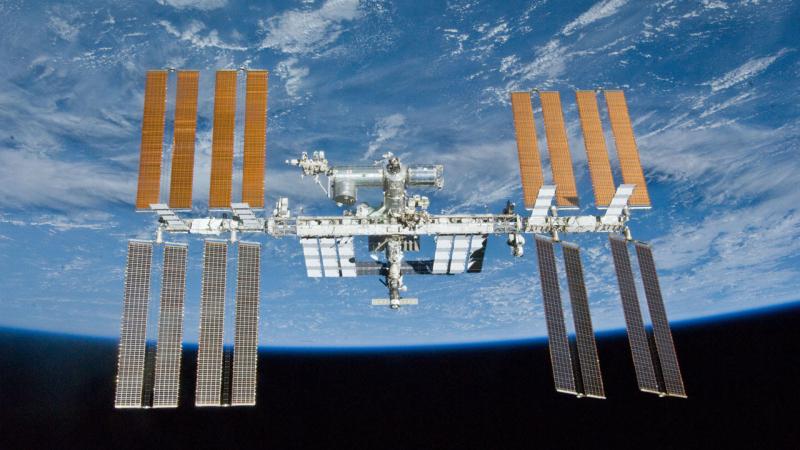Research aims to study amyloid fibrils and transport proteins
April 26, 2023

Building on novel experiments with amyloid fibrils — a type of protein aggregate associated with diseases like diabetes, Alzheimer’s, and Parkinson’s — a new set of experiments using serum albumins, the primary constituents of blood protein, was sent to the International Space Station (ISS) in March aboard SpaceX 27. This is the fourth time the experiment is being conducted on the ISS.
Led by Amir Hirsa, professor of mechanical, aerospace, and nuclear engineering at Rensselaer Polytechnic Institute (RPI), the new experiment will begin in mid-May to continue the study of serum albumins for development of improved hydrodynamic models. The samples are for an NSF-CASIS sponsored project titled “Interfacial Bioprocessing of Pharmaceuticals.”
“RPI faculty and students are finding new ways to harness the microgravity environment in space to study a range of phenomena of interest to human health, space travel, and more,” said Shekhar Garde, dean of the School of Engineering. “Professor Hirsa’s experiment is ingenious in that it gives a new window into the behavior of biological molecules at interfaces.”
The concept, which Hirsa calls a ring-sheared drop, requires a microgravity environment, like the one found on orbit, where surface tension alone can hold a volume of liquid together. Hirsa and his team were looking for a way to study fluid dynamics without interference from the solid walls of a container, which would typically be necessary to hold a fluid being studied on Earth.
“One of the big reasons you want to go into microgravity is because, other than bones, there are no truly solid interfaces in the human body,” said Joe Adam, a postdoc in Hirsa’s lab. “The surfaces of your cells, your neurons, and your brain, are fluid interfaces. So, if we can get a system that has more of those fluid interfaces, it will help us to understand the science behind these fibrilization processes.”
The ring-sheared drop hardware — built by NASA and its contractors, and inspired by Hirsa’s concept — includes a syringe that dispenses a large drop of liquid made up of water and a dissolved protein. Once dispensed, the drop attaches to a thin stationary ring on one side of the test cell, and another thin ring on the other side that can rotate. The rotating ring can shear the protein solution while a camera records the resulting alterations in fluid motion due to non-Newtonian phenomena. This approach, researchers said, allows for the modeling of processes that happen within the body.
Researchers first tested this concept aboard the ISS in the summer of 2019, and have since performed further experiments on the ground and in parabolic flights in order to help NASA engineers make significant improvements to the hardware.
“These experiments using the ring-sheared drop module were conceived for surface tension confinement and hydrodynamic stress in microgravity,” say Hirsa and Adam. “The resulting models are useful in many disciplines, including manufacturing of pharmaceuticals, medicine, the environment, and space exploration. As before, the experiments will be controlled from our campus laboratory in real-time.”
The fourth remote operation of experiments is currently scheduled to start on May 11 and is expected to run for about a month.